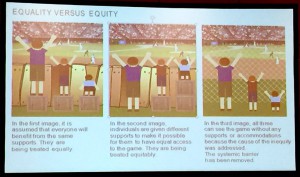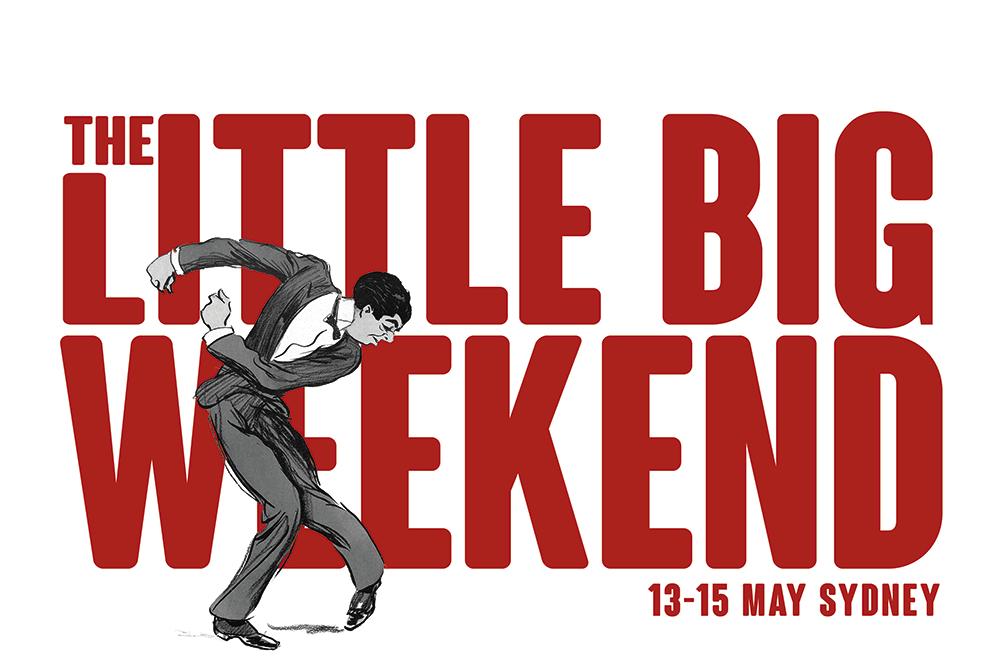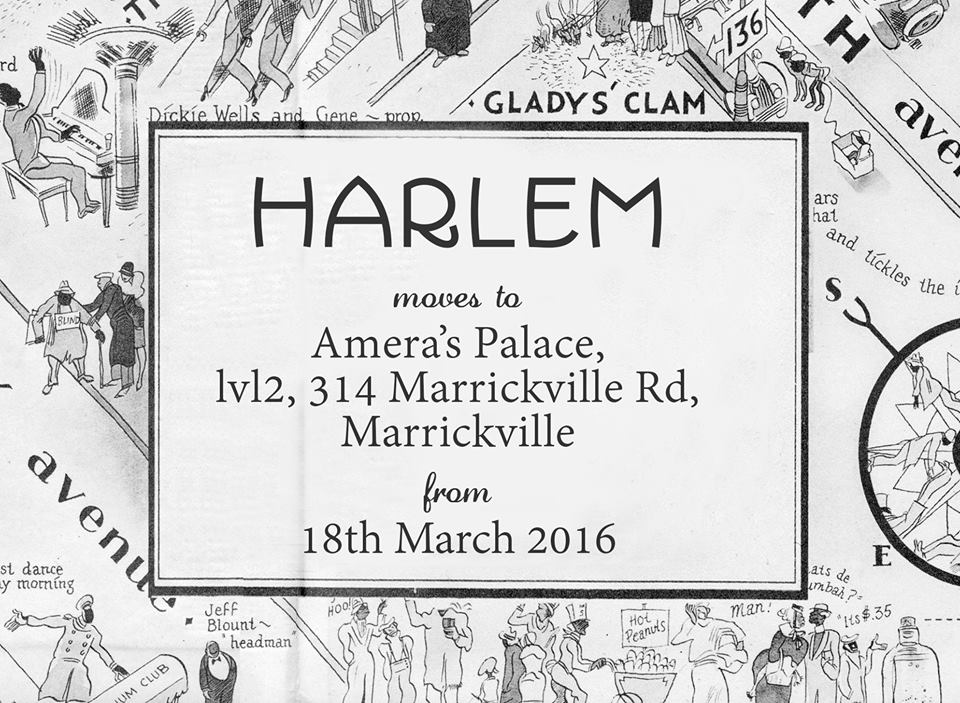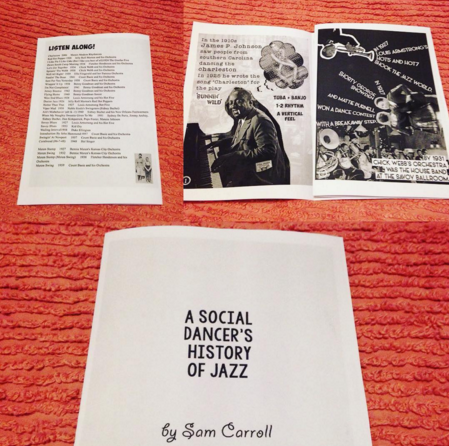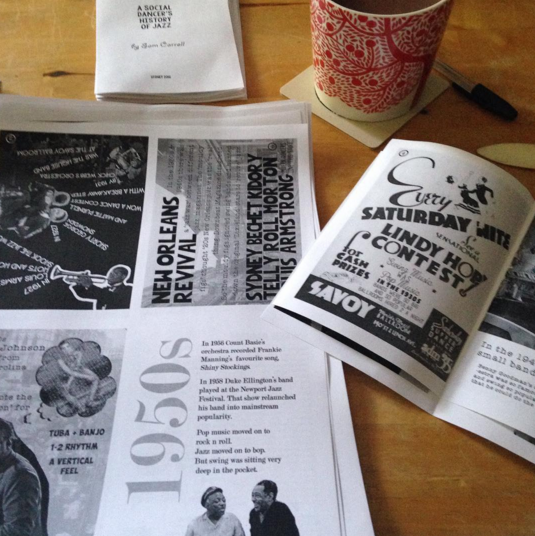It’s been quite a long time since I posted here, mostly because I have been SO BUSY. But also because my attention has been caught by facebook. A long time twitter user, I used to talk about interesting stuff with my friends there, in the relative privacy of a protected twitter account. But then every started to move away from twitter, and towards facebook. And I went too.
I’m hesitant to float all my ideas on facebook, simply because the audience is so much wider than my twitter readership. And the audience is more diverse. On twitter I was writing for and with people who largely had a background and politics like mine. People who knew how to discuss and test out ideas. Clever, curious people. But when I post on facebook, I know that those people are still listening and reading, but they’re just one group out of many. I hesitate before posting loaded articles or comments, because I know that most readers and commenters will write without pausing to think, and the discussion will degrade into frustrating derailments.
So why don’t I post here instead? The audience is smaller than facebook, and the long form I really enjoy using here is deterrent enough for most readers. In other words, I write so much most people don’t bother reading til the end. So I can hide a lot of my thinking and writing in plain sight. But it is long form. And I like the to-and-fro of twitter, where you can float a quick thought, and get a dozen quick, witty, or thoughtful responses. But that doesn’t happen on twitter any more. Twitter has largely gone dark. In my sphere anyway.
Most of the people I speak with on twitter were friends I met online in the earlier days of blogging. Ten, eleven years ago. When those conversations happened in comment threads, and in responsive posts. We moved onto twitter as our lives changed, even though some of us might still be dropping the odd blog post. Or newspaper or magazine article or journal article. And now we’re speaking on facebook. We’re making longer status updates, discussing links or stories, and engaging in discussions in comment threads. Again. And we’ve brought those ten, eleven years of experience talking and writing online to facebook. Thing is, facebook’s mass audience doesn’t have that experience.
My larger problem with writing and thinking on facebook, is that facebook is one of the places where I work. That’s where I do the promotion and advertising and posting to support and promote my business projects. My dance classes, my larger events, my DJing. Despite this, I’ve recently shifted my public professional talk to represent my private and public political talk, which I might previously have kept a little to the side. This has been made possible (necessary?) by issues developing in 2015.
The first, public, and largely positive discussion of Steven Mitchell’s long term sexual harassment, rapes, and grooming of women and girls within the lindy hop and blues dance scenes. The bravery – and power – of these women and girls speaking up and naming names. Talking about issues which have largely been awkwardly ignored by the lindy hop community. All of these things made me realise that my public, professional talk needed to be more clearly informed by my more private political thinking. I saw this as another example of my engagement with lindy hop moving closer to my background, my training in academia.
So I have, as my social media manager colleagues say, ‘shifted my public professional brand to incorporate my feminist politics’. In part because the public lindy hop discourse now allows this sort of talk. I can talk about gender, power, sexuality, class, ethnicity, etcetera, as a dance teacher and organiser, and I’m not written off as ‘too radical’. Because, sadly, the Mitchell issue has made it impossible to ignore the fact that we need to talk about these things.
In a practical sense, I can use my academic background in my current role. My deep, critical knowledge of gender politics, discourse, and ideology gives me the thinking and practical skills for addressing sexual harassment within my local dance community, via my business activities. It’s been quite exciting to see that I have the skills required for writing and talking about gender and power in a dance context. And working at a higher, postgraduate, or professional academic level. This seems to me the logical extension of feminist thinking: practical activism. And I really, really like it that this work can happen at a very local, very personal level. I find it essential to think about what I do and write as having immediate, practical consequences for people I see every week, and speak to every day. This isn’t academic; it is immediate and practical.
One of the things I quite like about my current job, is writing every day. I really quite like learning to write about these issues as part of a broader strategy for a) selling dance and music (through classes or events or DJing and so on), and b) promoting sustainable community development (where the community is centred on dance and music, but reaches out into the broader community). Where sustainability is recorded in financial, social, and cultural measures.
And I do like the way this writing asks me to articulate ideas I have about dance and music as art and as a site for activism. This means that I tend to lean on ideas of vernacular dance as a public discourse. A place for ordinary people to exchange ideas and to discuss and argue. But it also means that this public discourse is also a site for public, collaborative creative work. And lindy hop being what it is, most of this creative and intellectual work is also joyful. Full of happiness and light.
I think that this is why lindy hop is a particularly powerful tool for feminism. It lends itself to jokes, to kindness, to a lightness of heart. Frankie Manning is often quoted as saying that lindy hop is a very happy dance. But I think it is far more a hopeful dance. After all, for a dance with its roots in slavery and african american segration and oppression to feel happy, it must be bloody well loaded up with hope.
I’m often struck by the coincidence of Frankie Manning’s birthday being Sorry Day in Australia. A day of national reconciliation. It’s a day where we acknowledge our darker history, and hope for kindness and change. For reconciliation. I find it difficult to read the almost beatific accounts of Frankie Manning’s life on facebook on that particular day. Because it is a day where aboriginal Australians remember and speak up about the more horrible parts of Australia’s history and present. But I do think that it’s also appropriate. Frankie Manning was no stranger to racism and segregation. He knew people who had been slaves. He knew people who had been lynched. He would have understood the importance of the reconciliation movement.
For me, lindy hop and jazz dance, and jazz music are tools for liberation and reconciliation. They are handy tools in the activist’s tool box. I really do enjoy the fact that good lindy hop requires partners listen to and respect each other. I do love it that we can say to our beginner students, “Check in with your partner. Do you have your lines of communication open? Are they with you? Do they dig what you’re doing?” We say to our beginners in their very first class, “Each person you dance with is a different size and shape, and they listen to the music in their own way. You need to adjust for that, and you need to take time to get on the same page.”
This is profoundly feminist to me. I see my dance classes as feminist work. As well as bloody good fun. I do like it that I can use this language and these ideas for running events as well as classes. And the fact that lindy hop requires this mutual respect and communication to do good creative work is very exciting. It’s a very nice place to begin a discussion of working conditions and labour in lindy hop. It’s a fantastic model for mutual respect and healthy, consensual relationships between men and women (whether sexual or not).
Anyway, I don’t have much more to say. You’ll be disappointed if you thought this was going to be an inflammatory rant. But if you’re a meninist who believes in feminist conspiracies, you’ll be delighted. Except it’s not a conspiracy theory. It’s a reality. There’s a whole bunch of us out there using lindy hop as a tool to fight patriarchy. And we certainly don’t try to hide it.

